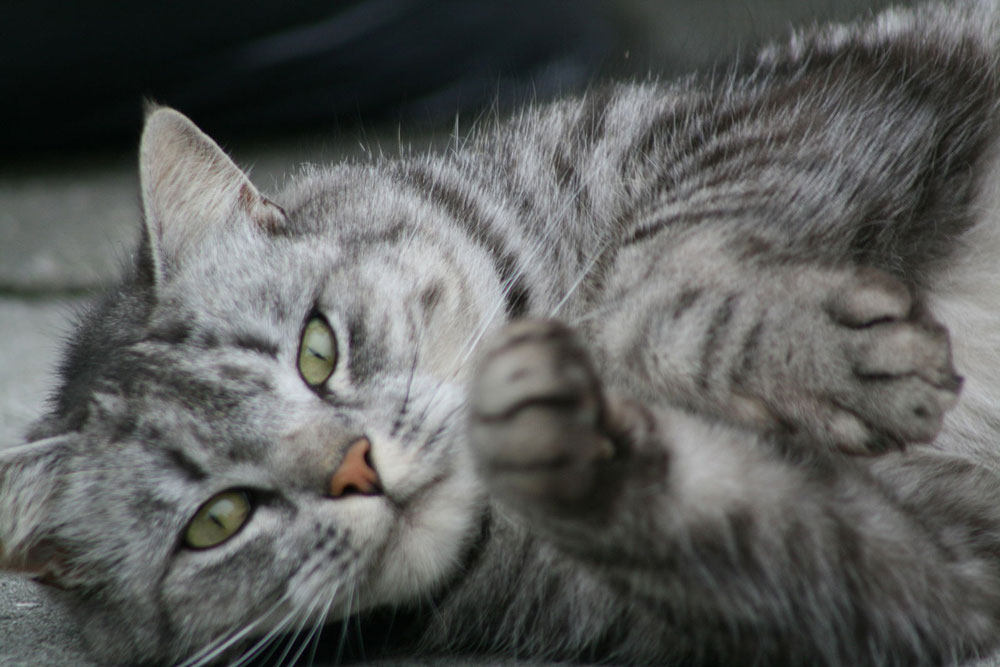BERKELEY, CA – This morning, researchers at the University of California, Berkeley announced a breakthrough in the study of the relationship between space and time.
Minnie the Whoo, a small housecat, was discovered to be far larger on the inside than on the outside.
Her owner, Rachel Stevenson of Cleveland, Ohio, explains, “That damn cat eats too much to have such small turds. The food has got to be going somewhere!”
Dr. Raphael Bousso, lead researcher and physicist at UC Berkeley, said, “As soon as we heard about [Stevenson’s] cat, we were on the next flight to Ohio. Going off the evidence we currently have, it seems that little Minnie is bigger on the inside than she is on the outside, and that is a phenomena we’ve never been able to prove possible.”
Little Minnie has quite the appetite, according to her owner. In the past, she has been observed to eat voraciously, at least five times a day, without excreting anywhere near what should be the correct amount of waste.
“I pick up those little corndog nuggets she leaves me in the litter box every day, and I swear that it is damn near impossible that she’s not storing it in there somewhere,” Stevenson said. “That’s when I thought, maybe she’s bigger on the inside than she is on the outside! They did it in that one book. Why not my cat?”
When asked what effect this might have in the future, Dr. Buosso explained that this discovery could result in a huge number of practical applications.
For example, Minnie the Whoo could be used as an infinite storage device for the world’s largest and fastest supercomputers, she could act as a solution to trash storage for major metropolitan areas, or she could be used as a cute piece of luggage for long travel.
“I think she could eat up all that nuclear waste! That cat will eat anything!” Stevenson said when asked about Minnie’s future application. One thing is certain; scientists will be studying Minnie and her excrement for some time to come.

